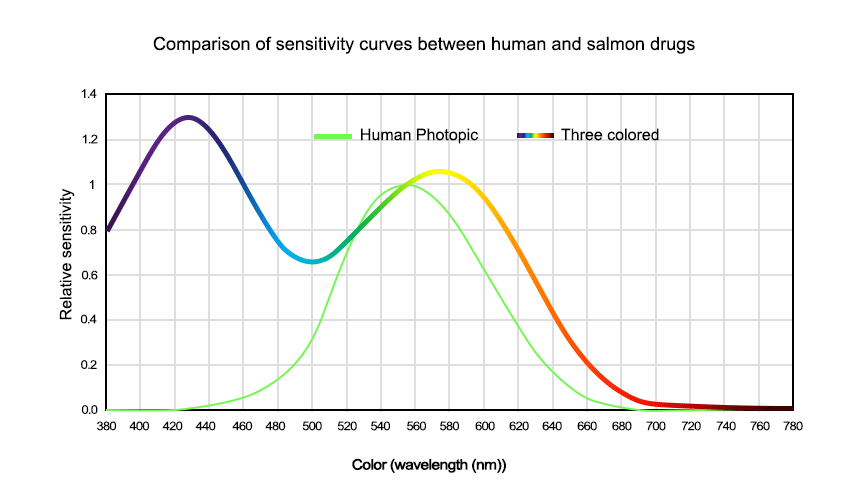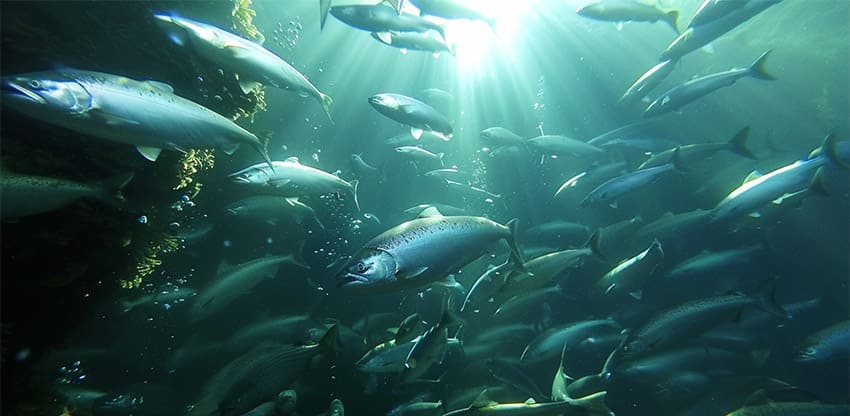

In the realm of underwater fish farming, the design of effective lighting solutions hinges on our understanding of how light interacts with biological organisms. The concept of bio-optics has emerged as a crucial area of study in this regard, providing insights into how light exposure affects aquatic life.
Defining Bio-Optics
Bio-optics focuses on the energy of photons and their impact on organisms both physiologically and ecologically. It encompasses the interactions of light—ranging from ultraviolet to visible light and infrared—with various biological receptors in animals, plants, microorganisms, human tissues, cells, and subcellular structures. While bio-optics shares overlap with fields such as photobiology and biophotonics, maintains unique considerations that are essential for practical applications, particularly in aquaculture.
Key Aspects of Bio-Optics Research
According to Bruce Lee, Chief Optoelectronic Engineer at LUXCOB, the study of bio-optics examines responses in organisms upon light absorption, focusing on:
Morphology: The physical structure of organisms and how it alters in response to different lighting conditions.
Physiology: The biological functions and systems affected by light exposure.
Behavior: How lighting influences the behavioral patterns of aquatic life.
Ecology: The overall impact of light on the ecosystem dynamics within aquaculture systems.
The two most critical parameters in bio-optics are spectral morphology (the specific wavelengths of light organisms respond to) and dose (the amount of light energy received).
Designing Lighting Solutions
With a comprehensive understanding of bio-optics it is clear that customized lighting solutions can optimize the health and productivity of fish in aquaculture. By designing lights that mimic natural light conditions and cater to the specific needs of various species, we can create environments that promote growth and well-being.
Conclusion: Advancing Aquaculture with Bio-Optics
The study of bio-optics is essential for developing sustainable and effective underwater lighting systems. By leveraging insights from this field, aquaculture practitioners can fish farming outcomes and contribute to more resilient aquatic ecosystems.
If you’re looking to elevate your aquaculture practices through innovative lighting solutions, consider the principles of bio-optics as a foundation for your designs.

